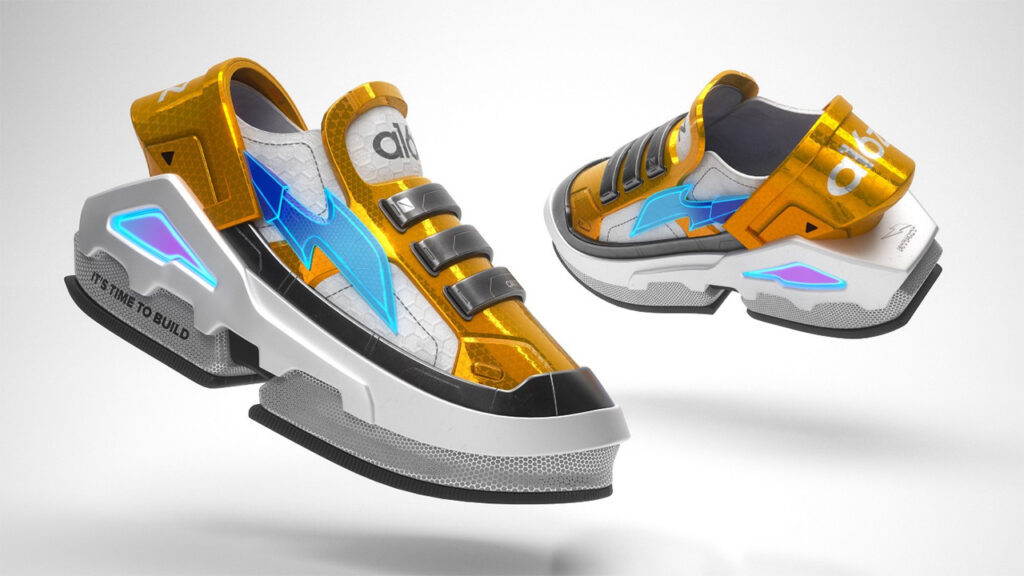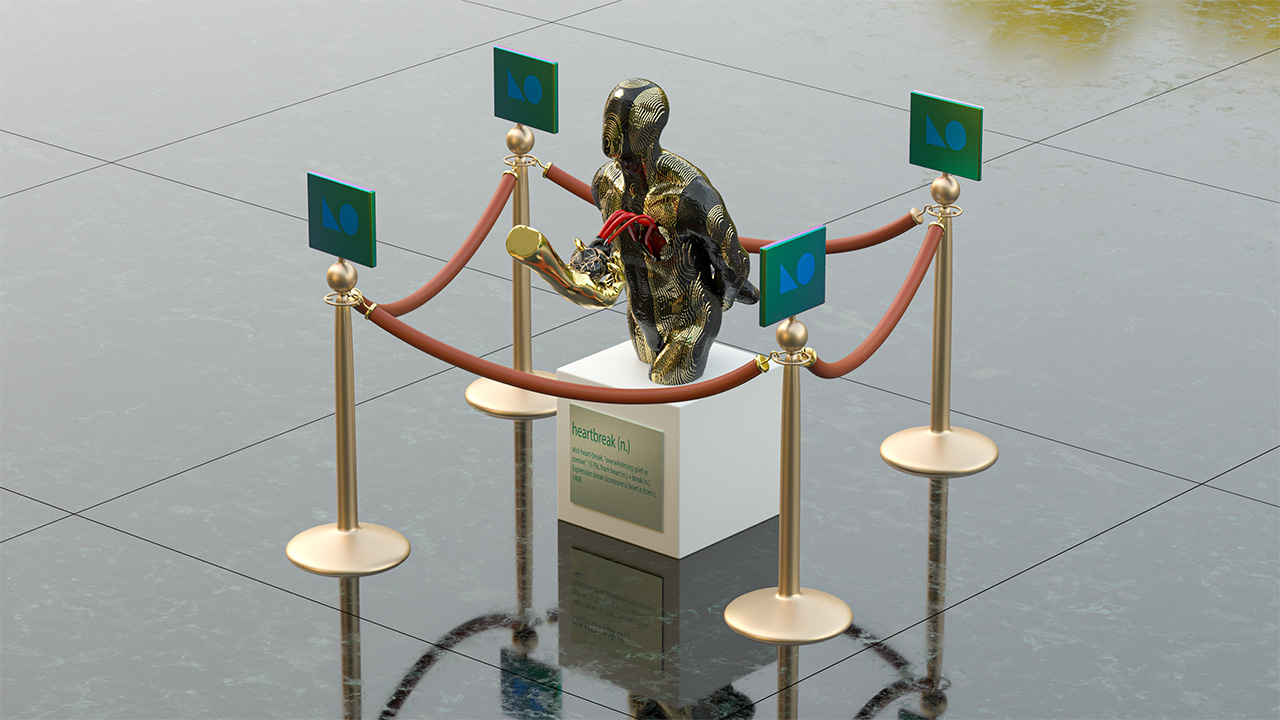Society may have been mobilized into the realm of non-fungible tokens (NFTs) and blockchain technology through art (thanks Beeple), but there’s nothing inherently artistic about a piece of code with a link to an image. In the future, the two will lose the perception of being intertwined — no more connected than the camera and art in today’s eyes — with NFTs serving a variety of functions and industries, some innovative, others mundane.
Beyond the noise surrounding frenetic NFT flipping, the circus of new platforms, and wild cryptocurrency fluctuations, the key takeaway from the past nine months has been the emergence of a new digital frontier, one in which the roles of creators, collectors, art gatekeepers, and, indeed, audiences is radically changing.
This shift was the focus of NFT — The Future of Art? a panel discussion co-presented by contemporary art fair Viennacontemporary and THE MINT, that brought together artists, NFT platform curators, and collectors for a lively discussion. Here are some of the key questions posed, answered in their own words.
How are NFTs changing the role of the artist?
Thomas Webb, artist and Founder of CryptoWeebs: Artists have been marginalized for a long time by companies, but they do it [art] because they love it. When it’s mixed in with the financial side of things, it confuses what the role of the artist is. Unlike the traditional system, the artist is the new gallery, [they’re] the marketer, the financier, the salesman — the whole shindig. Maybe that is the new normal.

Created by Thomas Webb, CryptoWeebs are a group of 69 one-of-one unique NFT avatars that live on the Ethereum blockchain. Image: Crypto-weebs.com
How does curation work at NFT art platforms?
Edward Cawley, Artist Relations at KnownOrigin: We have people apply, usually several thousand in a window. We manually process and make an individual decision as to whether they are a good fit for our platform. First and foremost, it’s about the artwork. Then we look at their social media presence: are they passionate? Do they tweet about digital art? We don’t want people coming in for a cash grab. Often, collectability is about the story of the artist.
Virtual galleries are growing — do art galleries need to change?
Benoit Pagotto, Co-Founder of RTFKT and Partner at THE MINT: Nobody is randomly walking into a gallery and being inspired; their curation is not present [with NFT art] and they are not in control of who has the spotlight. The auction houses like Christie’s and Sotheby’s moved fast — Sotheby’s, for instance, has a big space on Decentraland. The auction house side of the art world understood the change, saw the money, and went in. The galleries, however, are still waiting, and the longer they wait, the more difficult it will be for them to hop onboard.

a16z x RTFKT Meta-builder sneakers, released to mark the NFT studio landing $8 million in funding from Andreessen Horowitz in May. Image: RTFKT
Once augmented reality (AR) glasses arrive on the market, how do you see the interplay with NFTs?
Thomas Webb, artist and Founder of CryptoWeebs: It’s coming: we’re going to have AR glasses. You will walk in a room and see AR sculptures. Then we enter questions of privacy. Who is going to make the rules about what you can see in a public space? It’s going to be the technology companies, Apple, Facebook, Snapchat. All they’re doing right now is privacy, privacy, privacy, and there’s no way they are going to let you walk into a public space and put your sculpture there so everyone in the world can see it. It’s always going to be owned by a company.
What do NFTs mean to you as a buyer?
Rahilla Zafar, NFT collector and Executive Producer of Minted: I saw CryptoPunks as representing the possibilities of the new future, in terms of people building on Ethereum. Things are evolving in ways you cannot imagine. The CryptoPunk inspired so many other communities. [Buying certain NFTs] grants special access to parties, physical items, royalties — and this is just the beginning, especially when combined with AI and other emerging technologies. It’s about building a community organically and one that is open to everyone.



